Marble side extension introduces volume and light to a Victorian home in north London
London-based architecture practice ConForm has completed the refurbishment of a terraced house in Hampstead, resulting in a monolithic extension that appears entirely hewn from marble.
The client’s brief called for a full house refurbishment with a functional interior, improved circulation and storage, and flexible, spacious entertaining areas for hosting large gatherings. Specifying durable but beautiful materials was a vital component.
An entry sequence offers simpler circulation through the ground floor. From the hallway, stained oak sliding doors allow access to the sitting room which features integrated, low-level timber joinery.
A flexible dining area sits adjacent to the sitting room at the centre of the plan, also accessible through a new door located down the entrance hall, concealing a family coat store.
The dining area is defined by stained oak timber flooring lined with white joinery along the south elevation, revealing a new access point to the cellar and WC. It is here that the connection to the extension begins through a marble aperture overlooking the new kitchen.
The extension is entirely clad in marble and is bookended internally and externally by two cubic frames featuring angled, chamfered edges. These angular edges aim to soften any visual bulk of the marble, which is lit by overhead glazing along the northern boundary and a floor-to-ceiling window overlooking the courtyard garden. Three overhead beams of steel offer integrated LED lighting and solar shading throughout the day.
The team overcame the technical challenge of working with such a solid material and its application to heavy-use surfaces with a simple solution. Working in collaboration with both the supplier and installers, the studio opted to reduce the thickness and more importantly, the weight, of the marble covering the doors, drawers, appliances and soffits to only 6mm. Each marble panel is reinforced with latched fastenings, ensuring a secure connection to the structure.
Marble continues through the kitchen continuously, used for the flooring, wall cladding and cabinetry. ConForm opted not to bookmatch the panelling to encourage a textural language.
The new kitchen and living area were lowered to create a more generous overhead volume, digging down 40 cm. The team designed a congregation point in the kitchen, alongside a kitchen island which appears to float in the centre of the space. The stained oak island is supported by a steel frame designed to bring a sense of lightness into the room. The steel frame extends and steps down the island to form a dining table that comfortably seats four.
Materials – concrete and white painted brick – were specifically selected so they could run inside to out. Lighter touches were made to refresh five bedrooms on the upper floors – three used as bedrooms, one as a playroom, and one as a home office. The architect added a new dormer, and a pod room above the outrigger which features sloping, chamfered window detailing in black cladding.
Ben Edgely, director at ConForm, said: “We approach all projects regardless of typology with a meticulous research phase to find opportunities to create lasting, impactful and highly designed spaces. Achilles was no exception. We spotted an opportunity to elevate the typical Victorian terrace with a restrained yet rich material palette, creating a space our clients will continue to enjoy for years to come.”
Project details
Architect and interior designer ConForm
Structural engineer Foster Structures
Main contractor AroBuild
Marble specialist Nida (UK)
Principal designer Simply CDM
Marble Nicola Azzollini Marmi
Joinery Greg R & Son
Polished concrete The Concrete Flooring Contractors
Timber flooring Direct Wood Flooring
Furniture Another Country










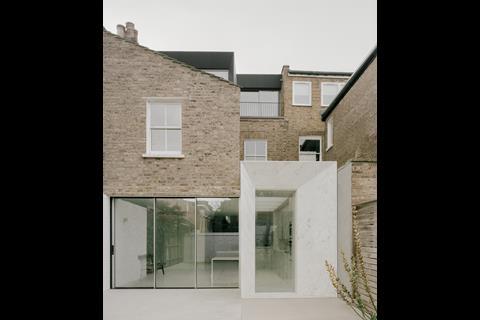

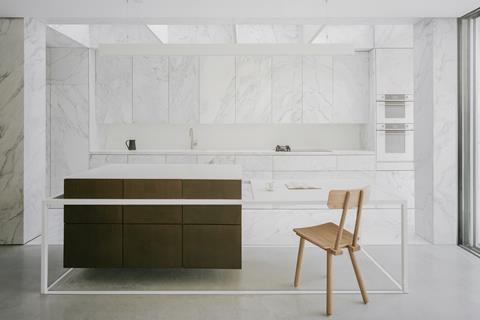
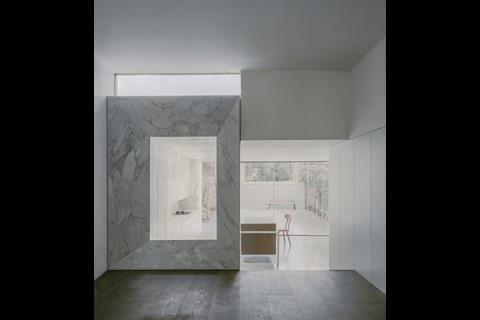
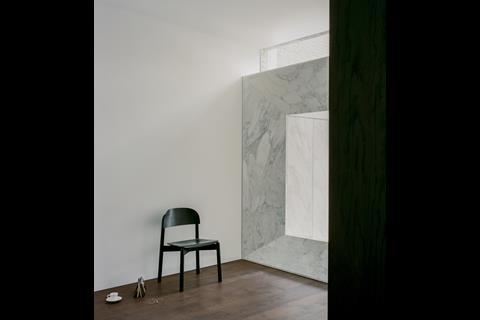
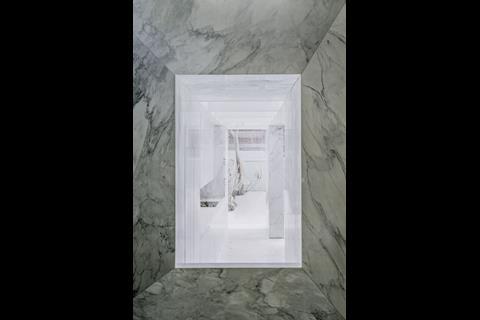


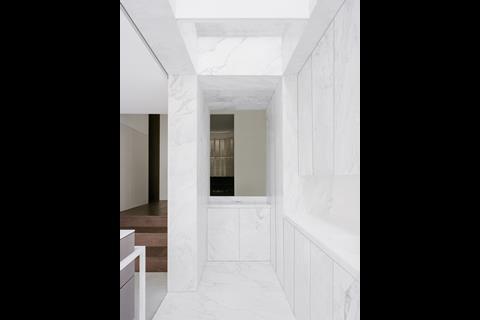
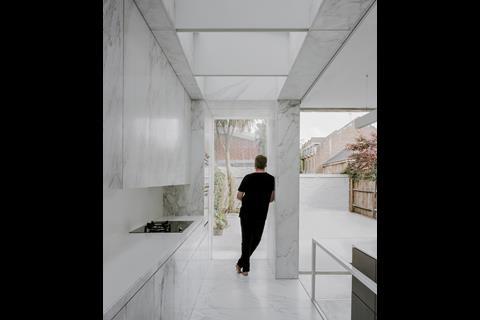
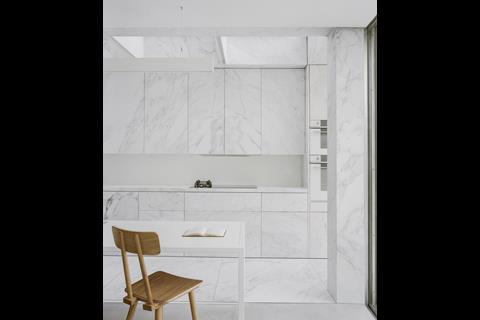
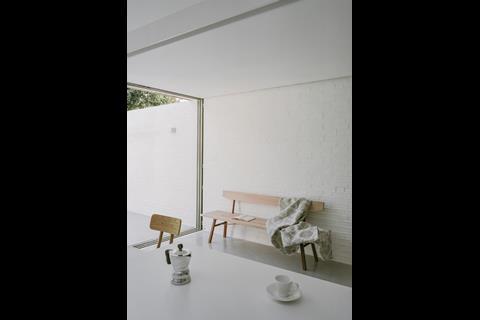
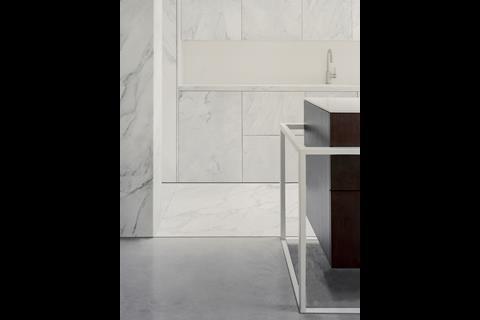
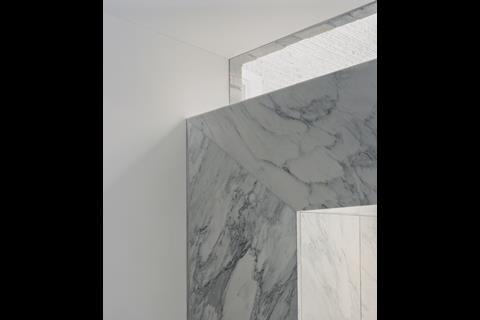







No comments yet